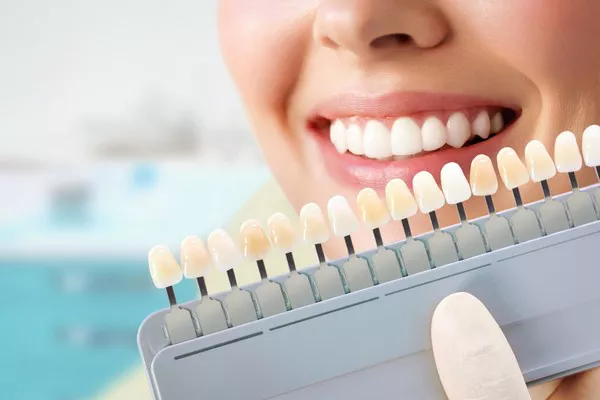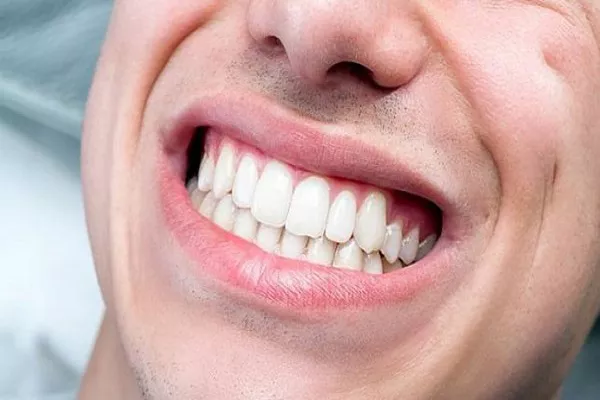Filling a cavity is a common dental procedure aimed at restoring teeth damaged by decay. The cost of filling a cavity can vary depending on several factors, including the type of filling material used, the size and location of the cavity, and the dentist’s fees. In this comprehensive guide, we’ll explore the average cost of filling a cavity, factors that influence the cost, different types of fillings available, insurance coverage, and tips for managing dental expenses effectively.
Understanding Cavity Filling
Cavities, also known as dental caries or tooth decay, are areas of damage on the surface of teeth caused by the buildup of plaque and bacteria.
Filling a cavity involves removing the decayed portion of the tooth and filling the space with a restorative material to restore the tooth’s structure and function.
Factors Influencing the Cost of Filling a Cavity
Type of Filling Material:
Composite Fillings: Composite fillings, made of a tooth-colored resin material, are typically more expensive than other types of fillings due to their aesthetic appeal and ability to blend with the natural tooth color.
Amalgam Fillings: Amalgam fillings, made of a mixture of metals including silver, mercury, tin, and copper, are usually less expensive than composite fillings and are often covered by insurance plans.
Gold Fillings: Gold fillings, made of gold alloy, are the most expensive option due to the cost of the material and the additional time required for placement.
Size and Complexity of the Cavity: The size and complexity of the cavity to be filled can affect the cost of the filling. Larger or more extensive cavities may require more filling material and additional time to complete, leading to higher costs.
Location of the Tooth: The location of the affected tooth in the mouth can also influence the cost of filling a cavity. Teeth that are more difficult to access or require special techniques for filling may incur higher fees.
Dentist’s Experience and Location: The experience and expertise of the dentist performing the procedure, as well as the geographic location of the dental practice, can affect the cost of filling a cavity. Dental fees may vary depending on the local market and the dentist’s reputation.
Average Cost Breakdown for Filling a Cavity
Composite Fillings: Composite fillings typically range in cost from $150 to $450 per tooth, depending on the size and location of the cavity, as well as the dentist’s fees.
Amalgam Fillings: Amalgam fillings are generally less expensive than composite fillings and may cost between $75 and $250 per tooth.
Gold Fillings: Gold fillings are the most expensive option and can range in cost from $250 to $4,500 per tooth, depending on the amount of gold used and the dentist’s fees.
Insurance Coverage for Dental Fillings
Most dental insurance plans cover a portion of the cost of dental fillings, typically ranging from 50% to 80% of the total fee. However, coverage may vary depending on the type of filling material and the individual’s insurance plan.
Patients are advised to check with their insurance provider to understand their coverage and any out-of-pocket expenses they may be responsible for.
Tips for Managing Dental Expenses
Maintain Regular Dental Check-ups: Routine dental check-ups and cleanings can help prevent cavities and detect dental issues early, reducing the need for more extensive and costly treatments.
Practice Good Oral Hygiene: Brushing your teeth twice a day, flossing daily, and using mouthwash can help prevent cavities and other dental problems, reducing the need for fillings.
Consider Dental Savings Plans: Dental savings plans, also known as dental discount plans, offer discounts on dental services for a monthly or annual fee, helping to lower out-of-pocket expenses for dental treatments, including fillings.
Discuss Payment Options with Your Dentist: Many dental practices offer flexible payment plans or financing options to help patients manage the cost of dental treatments over time.
Conclusion
In conclusion, the cost of filling a cavity can vary depending on factors such as the type of filling material, size and complexity of the cavity, location of the tooth, and dentist’s experience and location. While filling cavities is an essential treatment for restoring teeth damaged by decay, it can also be a significant expense for patients.
By understanding the factors that influence the cost of dental fillings and exploring options for managing dental expenses, individuals can make informed decisions about their oral health and budget for necessary dental treatments effectively. Regular dental check-ups, good oral hygiene practices, and communication with your dentist about payment options can help ensure access to quality dental care while minimizing financial strain.
Can You Eat Before Dentist Filling
Can I Use Mouthwash After Filling






























